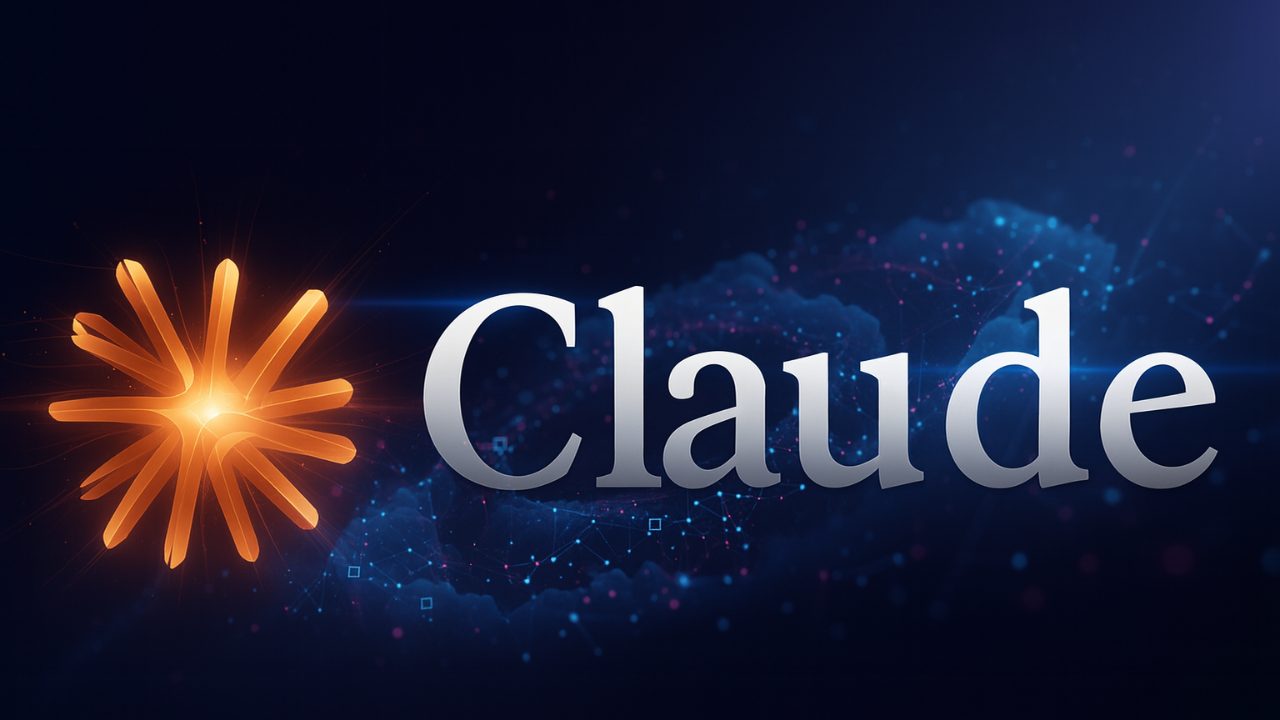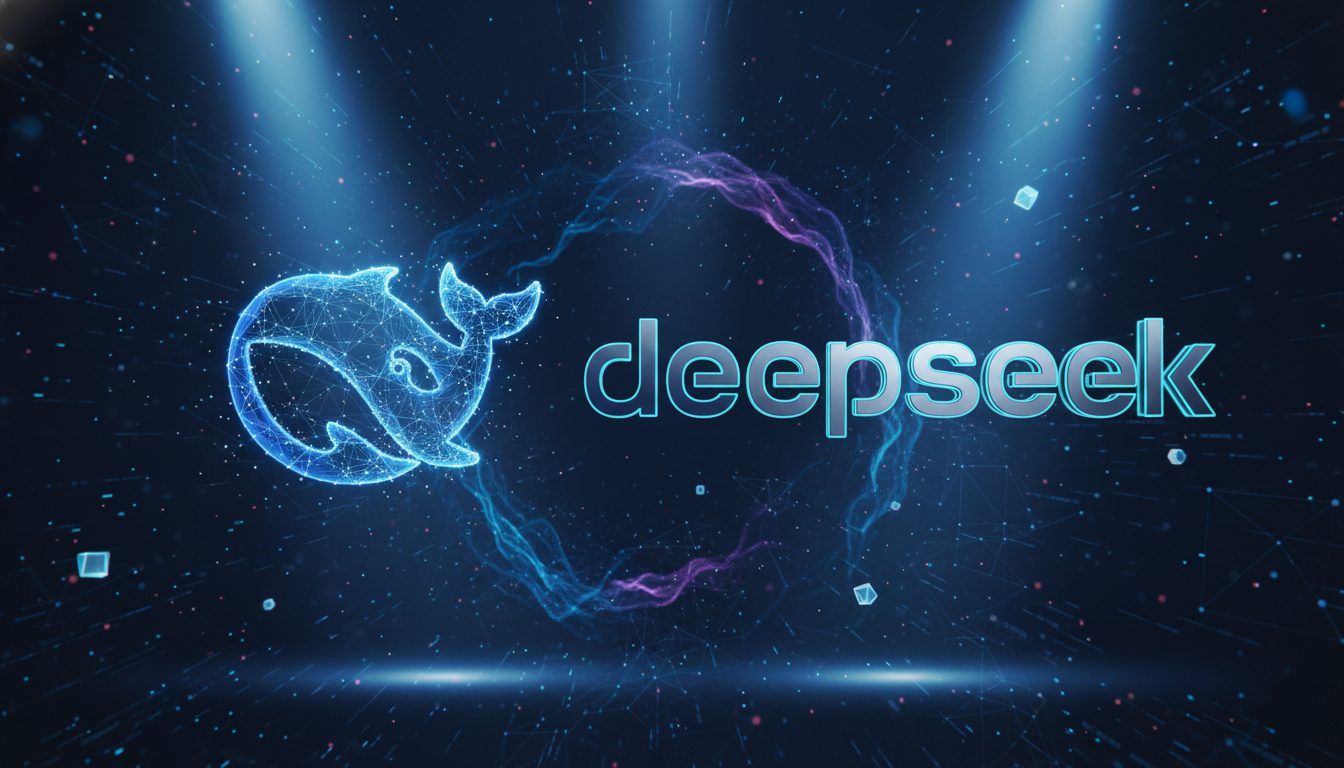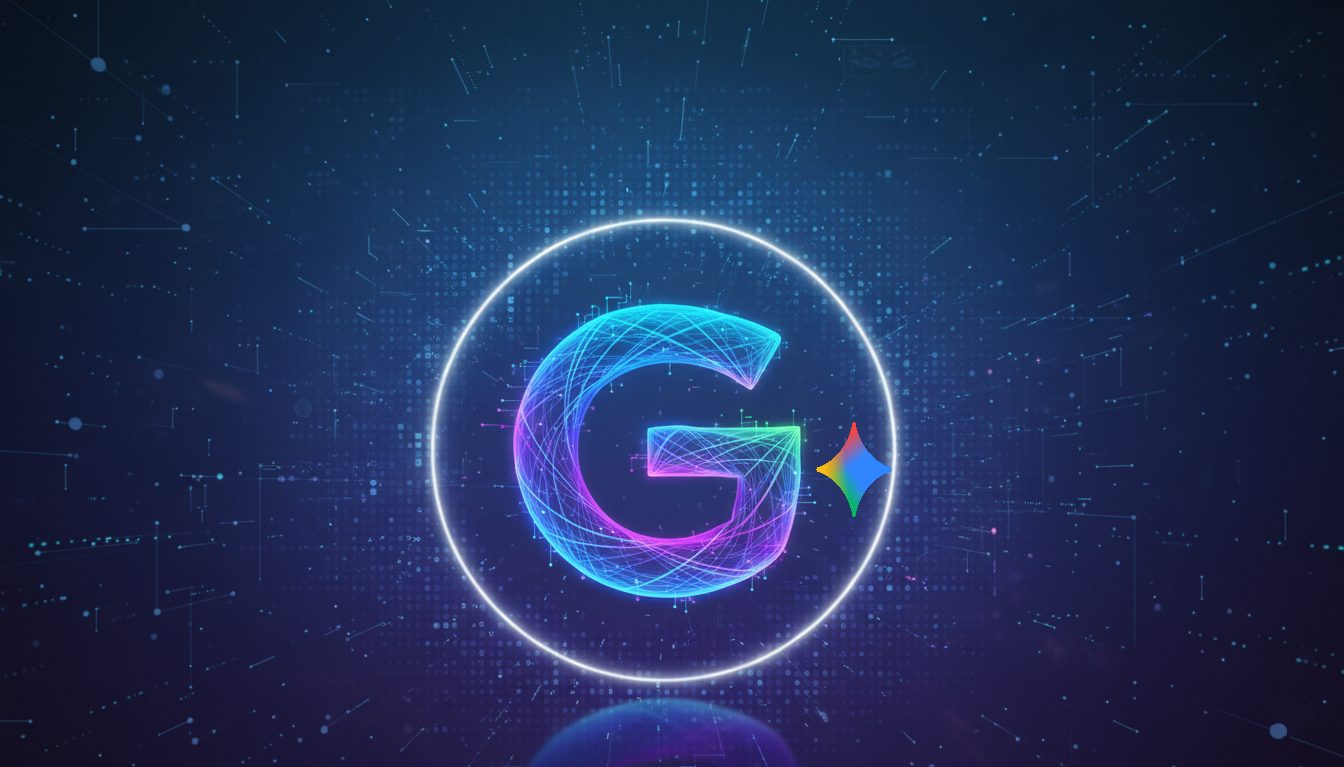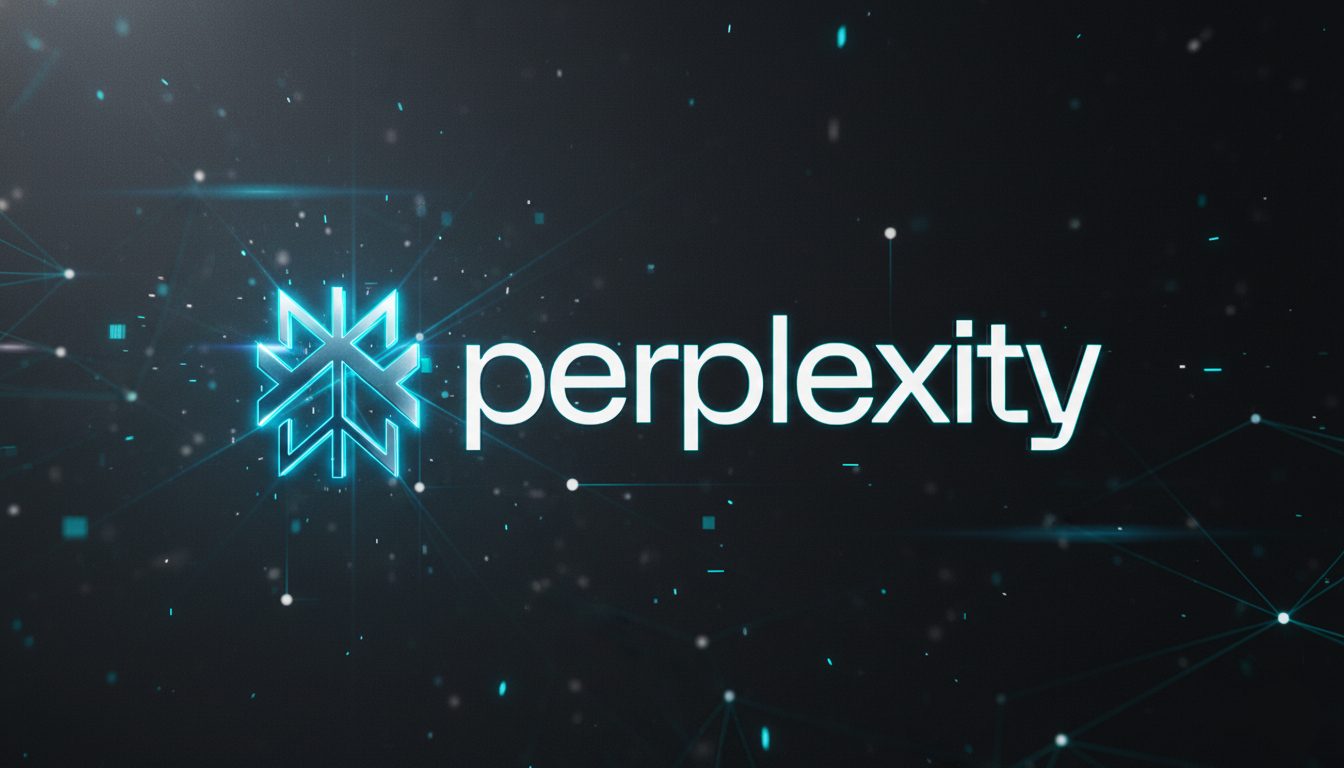The digital landscape is fracturing. For two decades, the goal was simple: rank on the first page of Google. But today, a “zero-click” reality is taking over. Data reveals that 60% of Google queries in 2025 ended without a click, 1 and Gartner predicts traditional search engine volume will drop by 25% by 20262. Users aren’t just searching for links; they are demanding synthesized answers from AI models like Anthropic’s Claude.
As marketing leaders, we are witnessing the migration from Search Engine Optimization (SEO) to Generative Engine Optimization (GEO). The question is no longer just “How do I rank #1?” but “How do I become the citation in the answer?”
At Nomadic, we help brands navigate this volatility. This guide explores the unique architecture of Claude AI, how it differs from ChatGPT, and the specific strategies required to secure visibility in the era of foundation models.

What is Claude AI?
Claude AI is a family of large language models (LLMs) developed by Anthropic, a specific research company. Unlike generative AI tools built solely for speed or scale, Claude is distinguished by its “Constitutional AI” architecture: a framework designed to make the model helpful, honest, and harmless.3
Claude has rapidly carved out a high-value niche in the enterprise and professional sectors. By early 2025, Claude’s monthly active user base stabilized around 16 million.4 It holds a 29% market share in the enterprise AI assistant category, favoring developers and knowledge workers for its massive context window and superior reasoning capabilities.5
While Anthropic builds the models, they are distributed widely through partnerships. Claude 3 and its successors are available via the Claude API, but also power enterprise applications through Amazon Bedrock and Google Cloud’s Vertex AI Model Garden. This widespread integration means that optimizing for Claude isn’t just about appearing on Claude.ai; it’s about being visible in thousands of internal business workflows powered by Microsoft Azure and AWS integrations.
Claude AI vs ChatGPT

| Feature | Claude AI (Anthropic) | ChatGPT (OpenAI) |
| Core Philosophy | Constitutional AI
(Safety & Neutrality) |
RLHF (Reinforcement Learning from Human Feedback) |
| Ranking Bias | Favors objective, “analyst-style” content and highly structured data. Penalizes promotional fluff. | Favors popularity, consensus, and direct answers. |
| Top Capabilities | Deep research,
financial reports analysis, interactive coding via Claude Artifacts. |
Creative writing,
image feature generation (Veo 3 competitors), reasoning (ChatGPT O3). |
| Safety Triggers | Strict
hierarchy of harm filters; refuses CBRN (Chemical, Biological, Radiological, Nuclear) info. |
Moderate safety filters; historically more permissible with creative fiction. |
| Context Window | Massive (200k+ tokens) allowing for “whole book” analysis. | Large, but often segmented (e.g.,
OpenAI Codex for code). |
For marketers, the battle between Claude AI and OpenAI’s ChatGPT isn’t about which is “smarter”, it’s about how they retrieve and present your brand.
Why this matters for GEO:
To rank in Claude, your content must feel like a trusted whitepaper, not a sales brochure. If you use aggressive marketing language, Claude’s safety filters may flag your content as biased, effectively removing you from the Knowledge Graph.
Is Claude AI free?
Yes, but with tier-based limitations.
- Claude 3 Sonnet (Free Tier): The balanced model. It powers the free experience on Claude.ai.
- Claude 3 Opus (Pro/Enterprise): The powerhouse. Designed for complex question answering tasks, this model excels at nuanced logic and handling massive datasets6.
- Claude 3 Haiku: The speed demon. Available primarily via API, it is optimized for near-instant responses.
- Claude 4 (Future Outlook): While industry rumors swirl around the capabilities of a potential Claude 4, the current standard for enterprise dominance remains the updated Anthropic’s Claude 3.5 Sonnet.
For developers and enterprises, costs are managed via the Claude API, where token usage dictates the price, similar to Scale AI or AWS Cloud pricing models.
What is Claude AI good for?

Claude has moved beyond simple text generation to become an engine for Tool Use and complex analysis. This shift is driving massive economic value; McKinsey projects that by 2028, $750 billion of consumer spend will flow through AI-powered search7.
1. Financial Services and Data Analysis
Claude is the preferred tool for the financial services industry. Its ability to process financial reports without making calculation errors makes it invaluable. It can scan a quarterly report and instantly extract specific figures, such as the Total Americas amount, and cross-reference that number with S&P AI Benchmarks to provide a summary. If your brand publishes data, ensuring it is formatted for Claude’s financial domain knowledge is critical.
2. Interactive Coding and Artifacts
With the introduction of Claude Artifacts, the model can generate standalone windows for code, documents, and visualizations. Users can ask Claude to “build a mortgage calculator,” and it will render a working React app in a side window. This is powered by capabilities rivaling OpenAI Codex.
3. Deep Research and Synthesis
Claude serves as an AI Data Reporter, synthesizing vast amounts of information. It excels at deep research, reading multiple uploaded PDFs, and summarizing the “European nuclear-powered infrastructure” regulations or CT Mirror news coverage without getting lost in the noise.
Strategic Guide: How to Rank in Claude AI
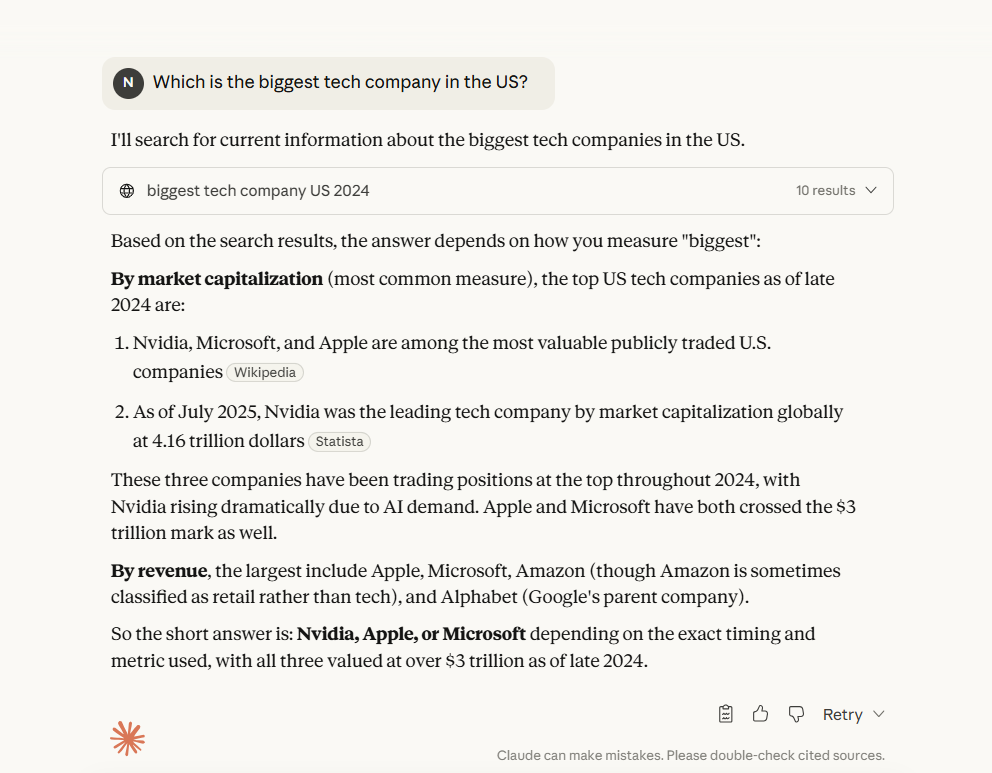
Ranking in AI systems requires a fundamental shift in strategy. The opportunity is massive: AI-referred web traffic grew by 527% in some sectors between Jan-May 2025, and early adopters of GEO capture 60% more AI citations than late adopters.8
1. The Constitutional Factor: Safety as SEO
Anthropic’s Responsible Scaling Policy and Constitutional AI framework mean the model is trained to strictly avoid harm. This includes obvious threats like Chemical, Biological, Radiological and Nuclear Information (CBRN), but it also extends to “informational harm,” such as climate denial misinformation or safety failures in medical advice.
The GEO Strategy:
- Audit for Neutrality: Claude penalizes “salesy” superlatives. Adopt a neutral, “analyst” tone.
- Avoid “Bad Neighborhoods”: Ensure your site has no association with black hat paid indexing services or content that could trigger data privacy controversy filters.
- Bias Benchmarks: Claude is evaluated on the Bias Benchmark for Question Answering. If your content is hyper-partisan, the model is less likely to retrieve it.
2. Technical GEO and Schema
While Google Search Console helps you monitor traditional search, ranking in LLMs requires a different technical hygiene.
- Schema Markup: LLMs love structured data. Use
Article,FAQPage, andProductschema to make your entities clear to the machine. - Compact Keywords & Page Titles: Unlike Google surfaces where click-through rate (CTR) drives titles, Claude reads for information density. Use Page Title tags that are descriptive and fact-heavy.
- Robots.txt: Ensure you are not blocking AI crawlers (like
ClaudeBot).
3. Build Authority in the Knowledge Graph
Claude relies on a “web of trust.” It prioritizes Tier 1 sources like academic papers and community consensus sites.
- Review Sites & Forums: Activity on Review Sites and Google My Business feeds into the model’s understanding of your brand sentiment.
- Syndicated Content: Getting mentioned in high-authority news coverage (e.g., via Google Alerts tracking) is more valuable than a backlink.
- White Hat Link Building: Focus on Digital PR.
4. Optimize for “Artifacts” and “Computer Use”
Claude’s computer use feature allows the AI to navigate screens and use tools. To be the source Claude “uses”:
- Landing Pages as Data: Structure your landing pages with clear data tables.
- Content Fundamentals: Create content that is a tool. Publish raw data, Python scripts, or decision trees. Claude will use your content to build Claude Artifacts for users.
5. Future-Proofing for Video and Multimodal
As models like Veo 3 and Meta AI push generative artificial intelligence into video, and live camera features become standard, ensure your content is ready.
Final thoughts
The era of AI Search is not coming; it is here. Whether it’s a developer using Claude 3 Haiku to debug code or a CFO using Claude 3 Opus to analyze AWS Cloud spend, the brands that provide structured, neutral, and authoritative data will win the “zero-click” war.
Ranking in Claude requires a departure from traditional SEO tactics. It demands Content Fundamentals rooted in AI ethics, Environmental Impact transparency, and white hat authority.
Stop Being Invisible: Secure Your Place in the AI Knowledge Graph
The time to pivot from SEO to GEO is now. If your content isn’t engineered for Claude’s Constitutional AI framework, you are effectively excluded from the high-value buyer conversations. Don’t risk your brand’s erasure in the zero-click future.
Nomadic Advertising specializes in building this new layer of digital authority. We will audit your technical structure, content density, and alignment to ensure your brand is cited as the definitive source. Book a 30-minute free conversation with us to see everything we can do for your brand. Get in touch NOW!

